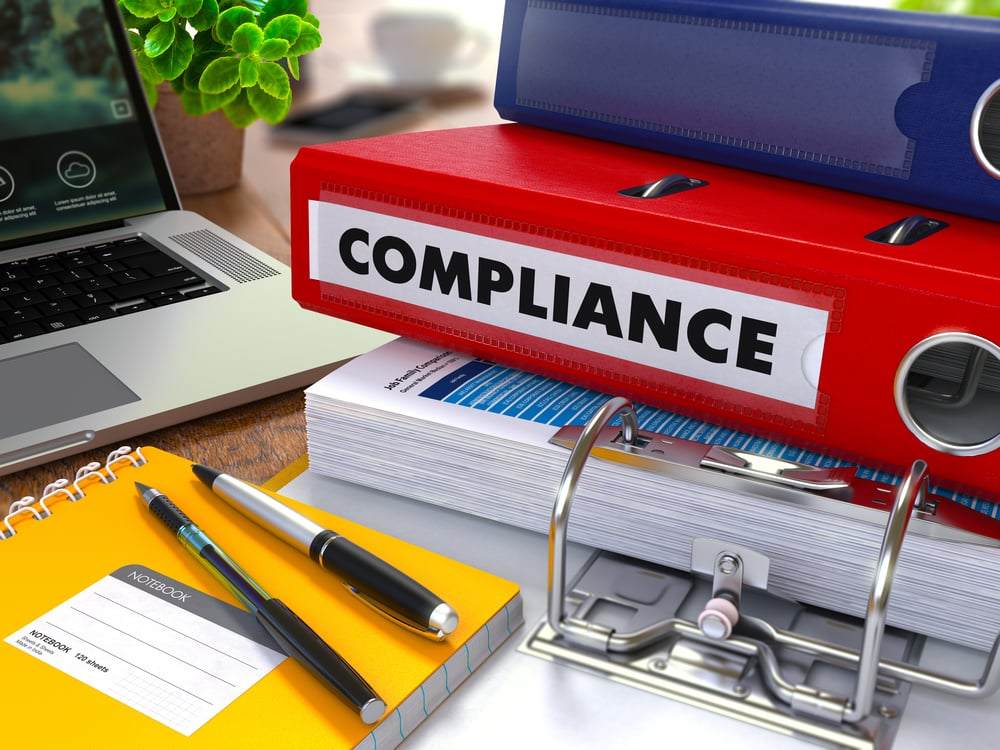As ASC leaders, managers, and staff, we are tasked with lots of regulatory burdens, and now, with COVID-19, the list has grown. If you’re new to your role, you may not be aware of some of the key requirements, several of which could result in financial penalties. I presented a webinar for ASCA on Oct. 6 that addressed some of the checks that are required or strongly recommended by numerous regulators: CMS, state health departments, accrediting organizations, OSHA, CDC, local authorities (fire, food safety, etc.), NFPA, CLIA, and others.
I broke the checklist into timeframes to make it easier to track. Here is the list I provided to the attendees during the webinar. If you purchased the 2020 All-Access pass from ASCA, you can listen to the webinar replay here for more on how to accomplish these checks and tools to help you comply. In the meantime, print off this checklist as a starting point for building your own guide.
- Daily checks:
- medication refrigerators
- blanket/fluid warmers
- crash cart
- MH cart
- emergency equipment
- exits and corridors are clear
- autoclaves
- Weekly checks:
- eye wash stations
- emergency generator
- nurse call system
- Monthly checks:
- exit light inspection
- emergency lighting
- generator
- expired medications
- fire extinguishers
- crash cart (interior contents)
- pest control
- Quarterly checks:
- complete notes, reports, and minutes from the QAPI committee (include information from the safety, infection prevention, pharmacy coordinators, and review occurrence reports and peer review)
- fire drills
- clean the ice machine
- send dosimeters for readings
- check the HVAC
- Annual checks:
- review/revise safety plan
- summarize fire extinguisher checks, and check fire alarm system including smoke and fire dampers
- disaster drill
- medical gas and vacuum system inspection
- review and revision of policies and procedures
- DEA narcotic count
- immunizations for the staff
- education (OSHA, HIPAA, CEMP)
- contract review for quality (see contract agreement evaluation tool)
- fire door inspection
- HVAC duct cleaning
- C-arm/laser inspections
- radiation safety checks
- At least annually:
- personnel records for date-sensitive information
- competencies
- credentialing and recredentialing
- peer review
- mandatory state reports and CMS Quality Indicators
Who is responsible for doing all of this? Not just the administrator! It is much too much for one person. The work should be delegated to other managers, leads, and the staff. Some of it is done by outside vendors. A simple Excel spreadsheet like this starting task template can be used to manage your checklist.
The tasks and checks can be overwhelming. Delegate – but hold people accountable. Create tools to simplify the process and to stay on track. Anticipate the unexpected – think COVID-19. And most of all, take care of your employees, as they can and will help you with all of this.



























